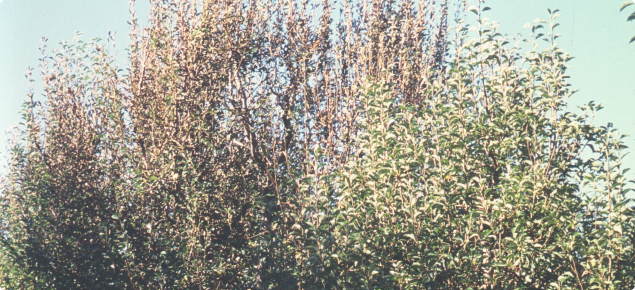Registered miticides
There are a number of miticides registered for use in Western Australian deciduous truit tree orchards, to control:
- Two-spotted mite
- European red mite
- Bryobia mite
- Pearleaf blister mite
A guide to these registered miticites is available for download on the right hand side of this page.
To spray or not to spray your pome- or summer- fruit trees for mites?
In Western Australian deciduous fruit tree orchards, natural control agents can help to reduce or eliminate the need for miticides to control pest mites. The principal natural enemies of pest mites include predatory mites, stethorus beetles, predatory thrips, and lacewing and fly larvae.
Because seasonal conditions vary, the decision on whether and when to use miticides can be gauged through regular monitoring — for both pest mites and their natural enemies. Guidelines for monitoring and action levels for pests and their natural enemies are included here and also in the list of references. To identify pest and beneficial predatory mites and other natural enemies, consult the references listed below or contact a specialist.
The exception to the advice on monitoring is where abamectin is used early on apples for control of two-spotted mite and European red mite. See below for special guidelines on this.


